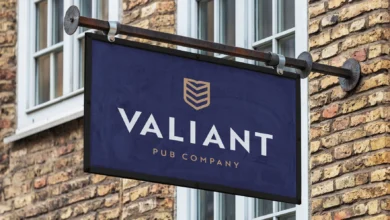How restaurants recouped footfall during an unsteady climate
The Covid-19 pandemic has wiped a staggering £100.2b off hospitality sales in the past 15 months; with restaurants traditionally relying on dine-ins to provide the majority of footfall, it may be that catering businesses start to look elsewhere

In the words of trade association UKHospitality, ‘the resilience of pubs and bars will be crucial to the recovery of hospitality.’ However, low footfall still present in the high street is making it difficult for operators to make a comeback. According to a latest report by the CGA, 26% of British customers have not yet returned to ‘on-premise’ sites, resulting in a loss of an average monthly potential spend of £58 per person.







